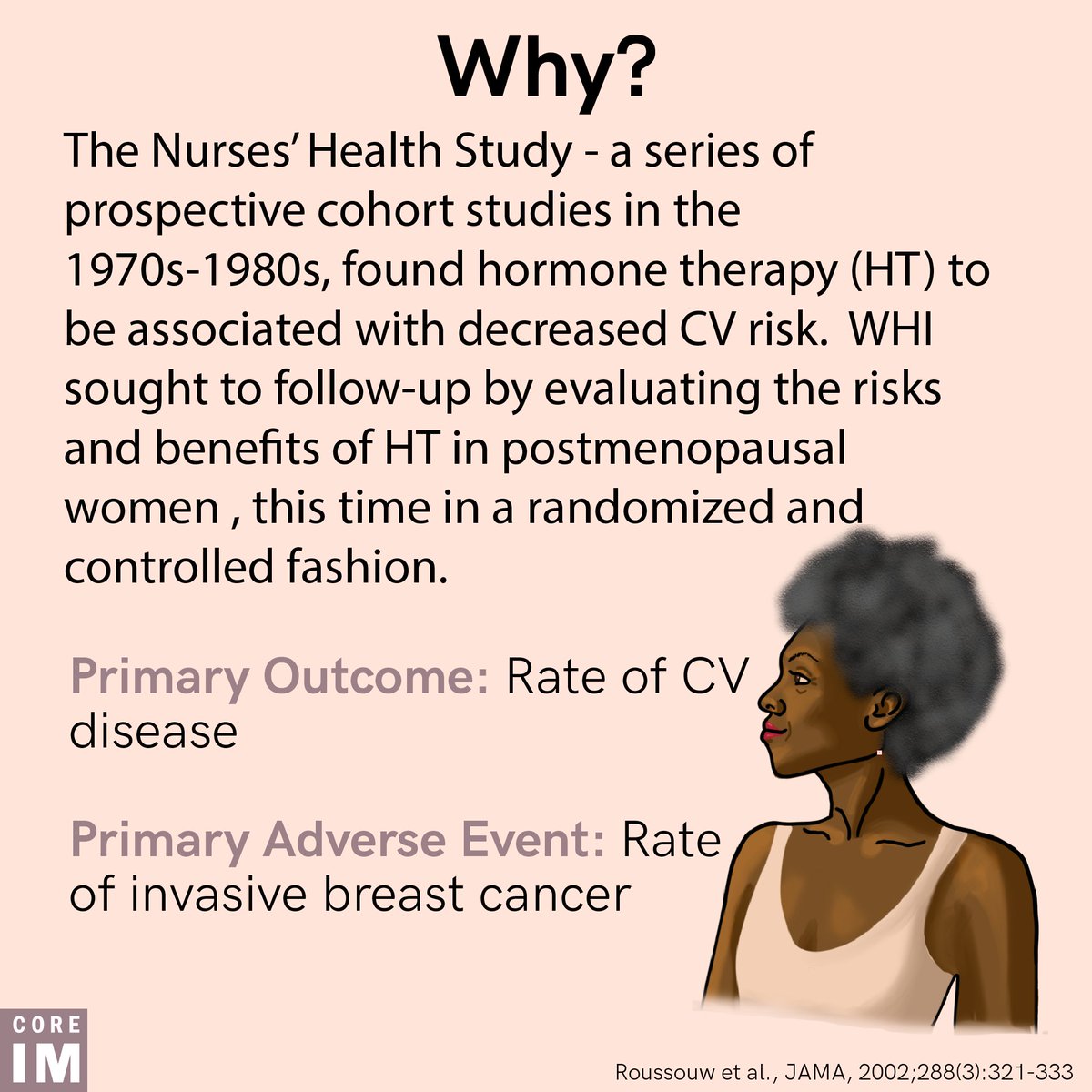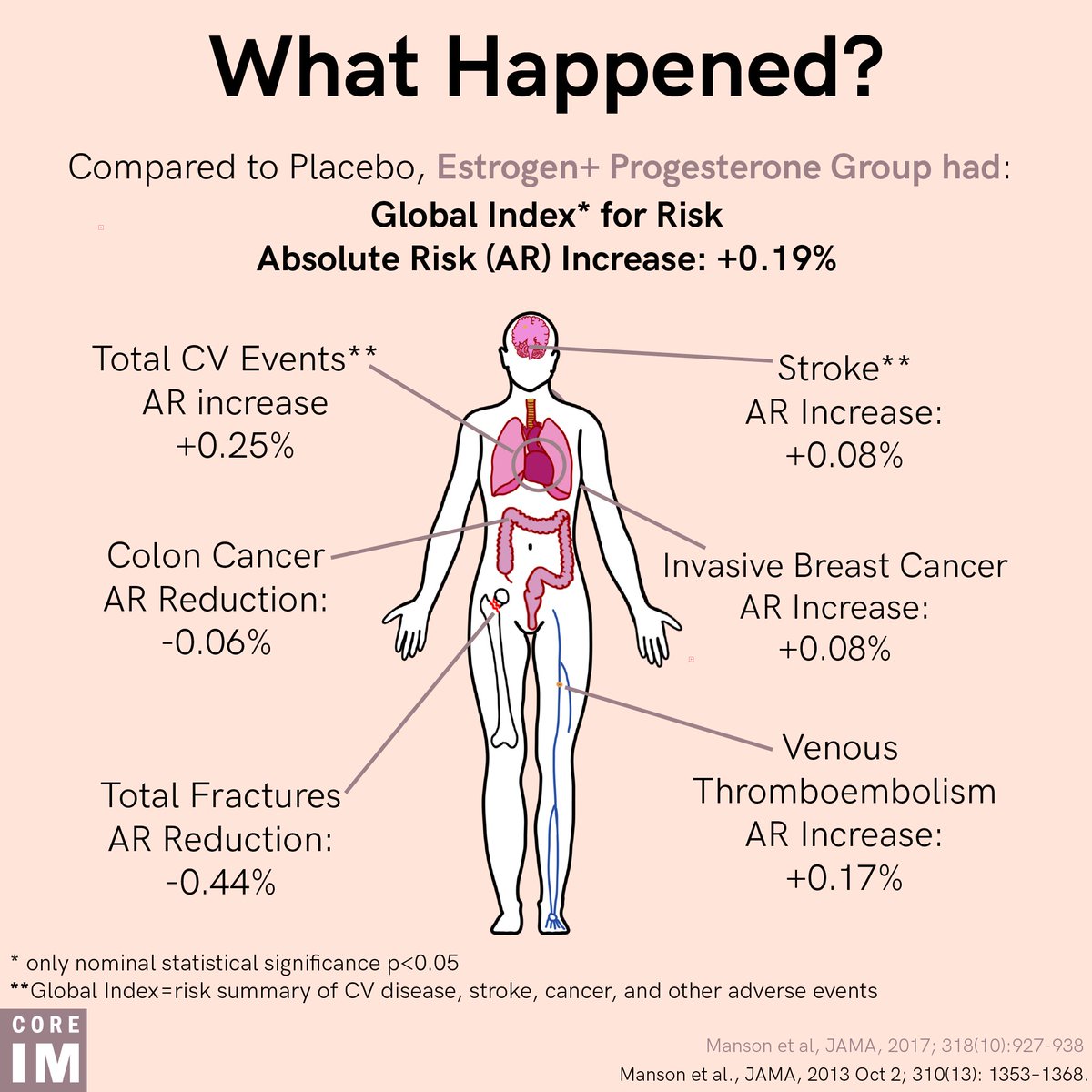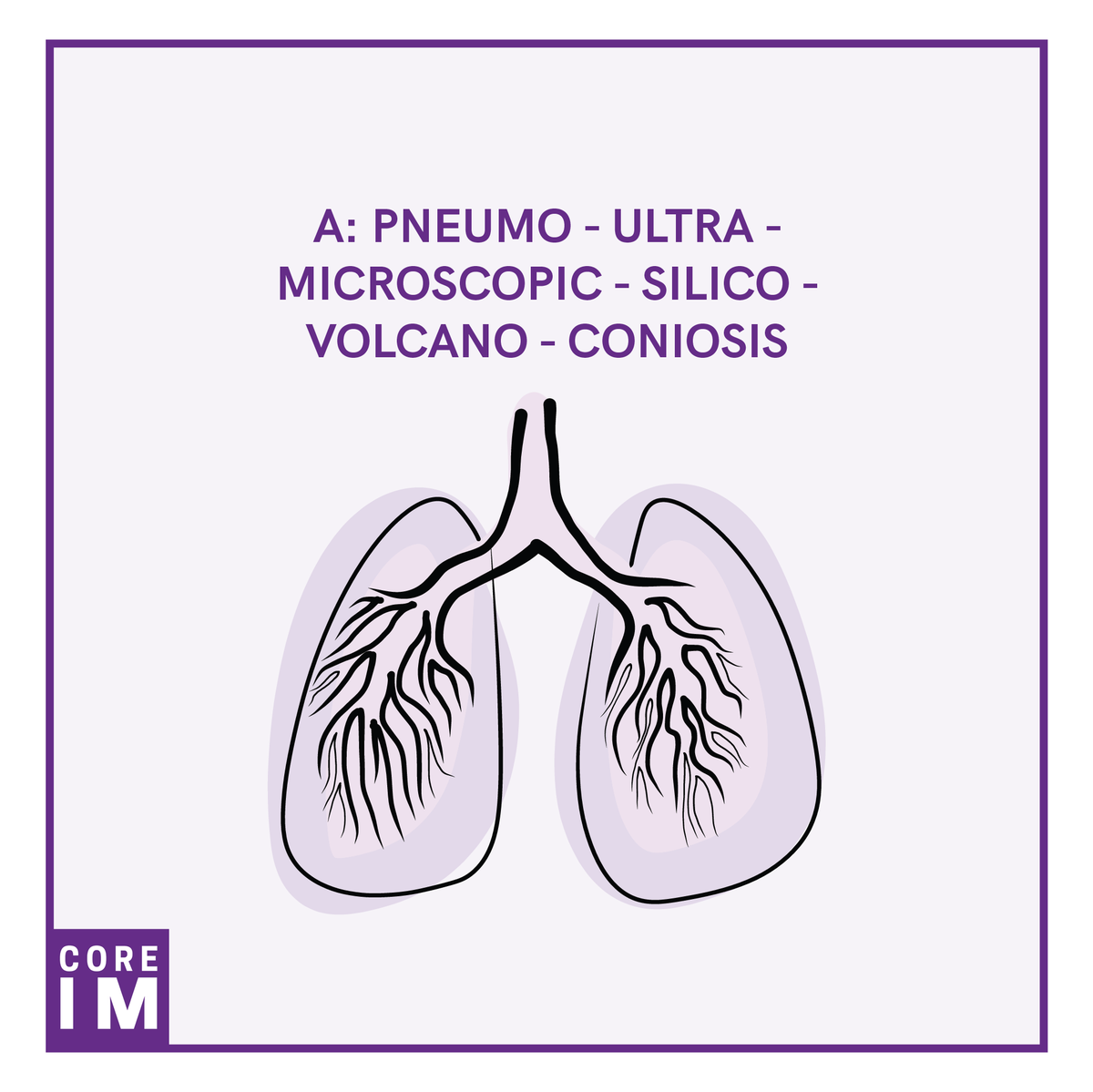
1/ Welcome back to #StatswithCoreIM !
What would you tell this patient who inquires about lab cancer #screening test to help him “live longer”?
What types of bias can occur in determining whether a cancer screening test reduces mortality?
What would you tell this patient who inquires about lab cancer #screening test to help him “live longer”?
What types of bias can occur in determining whether a cancer screening test reduces mortality?

2/ Take a look at the bolded arrows below that illustrate that early detection doesn’t always mean better outcomes!
Length-time bias applies to slow-growing disease in which patients have a long phase without symptoms.
Length-time bias applies to slow-growing disease in which patients have a long phase without symptoms.

3/ Lead time bias applies to situations where patients are screened earlier, so they are diagnosed earlier, so they appear to live longer solely by nature of knowing they have the disease for a longer period of time.
Therefore, survival time⬆️⬆️
Therefore, survival time⬆️⬆️

5/ So now what? How can studies mitigate length and lead time bias?
Check out our bullets below ⬇️ and let us know if you have additional ways you think about mitigating these biases in studies
Check out our bullets below ⬇️ and let us know if you have additional ways you think about mitigating these biases in studies

• • •
Missing some Tweet in this thread? You can try to
force a refresh






















